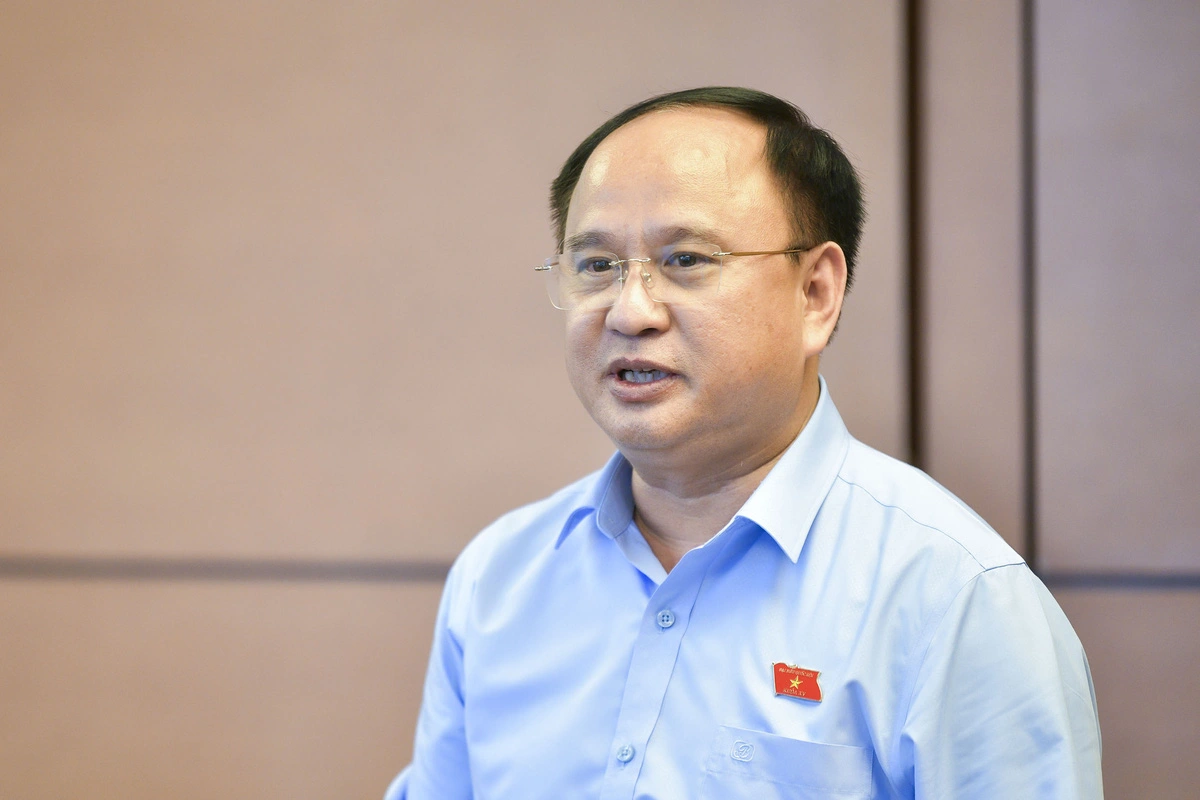
Delegate Tran Quoc Thuan – Photo: GIA HAN
On November 13th, during the discussion, delegate Tran Quoc Thuan (standing member of the National Defense and Security Committee) expressed his support for the investment plan for the North-South high-speed railway project.
However, it is suggested that calculations must be made to ensure the safety of the entire economy , avoiding overemphasizing this project to the point of affecting economic development goals.
Avoid becoming dependent on foreign technology and falling into a debt trap.
He added that it is not yet known which technology will be used, but suggested that the government conduct research to avoid dependence on foreign technology.
"Choose a contractor that is both reputable and experienced, but avoid falling into debt traps or becoming overly dependent on their technology," Mr. Thuan said, expressing his desire to sign agreements with partners focused on investment and technology transfer, as this would allow him to gain experience and be proactive in technological matters.
One point of concern for Mr. Thuan is that, according to the proposal, the railway line has 23 passenger stations. However, the distance from Vinh station to Thanh Hoa station is too far – about 140km.
"The railway primarily serves passenger transport, and Thanh Hoa and Nghe An are two provinces with large populations and high travel demand."
"We should propose that the Government study the possibility of opening an additional station between the two provinces in Hoang Mai (Nghe An) or Nghi Son Economic Zone (Thanh Hoa). In the Nghi Son area, that station could serve as both a passenger and cargo station…," Mr. Thuan suggested.
Meanwhile, delegate Nguyen Thi Hong Hanh (from Ho Chi Minh City) also suggested studying the possibility of extending the high-speed railway line to the provinces in the Mekong Delta, including Can Tho.
According to Ms. Hanh, these provinces do not yet have many express highways, and traffic congestion is very serious during holidays and Tet (Lunar New Year). With Can Tho being the capital of the Mekong Delta, the representative suggested considering extending the high-speed railway line to this area.
Representative Leo Thi Lich (Bac Giang), while agreeing with the necessity of the investment policy, expressed concerns about whether the 10-year implementation period would be feasible. She suggested that the Government reconsider…
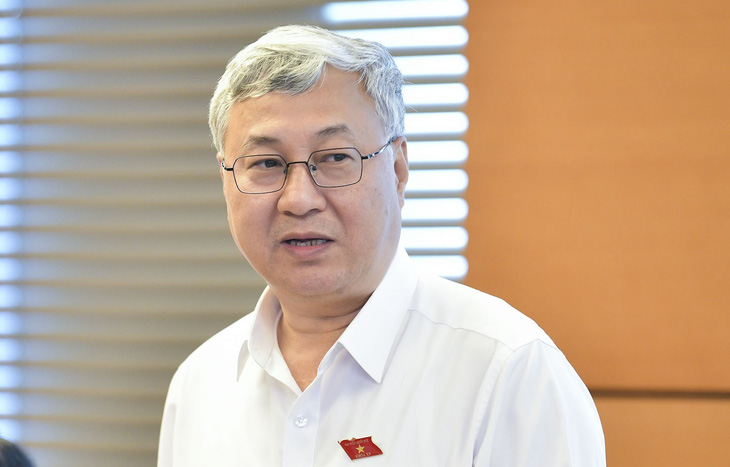
Delegate Tran Van Lam – Photo: GIA HAN
There's no need to worry too much about resources.
Also contributing his opinion to the group discussion on the investment policy for the North-South high-speed railway project, delegate Tran Van Lam, permanent member of the Finance and Budget Committee, said that the construction is reasonable and can be said to be "favorable in terms of timing, location, and human factors".
"We have sufficient potential, capacity, determination, and the socio-economic needs are urgent, requiring implementation; some even argue that the current implementation is somewhat slow."
"If we don't act, we will miss the opportunity and the long-term development potential of the country," Mr. Lam said.
According to Mr. Lam, the biggest concern is capital, which could lead to a slight increase in public debt, a slight increase in budget deficit, and an increase in debt repayment obligations.
"However, through research and assessment, it is entirely within our capabilities. According to the Government report, the resources for implementation are public investment, but we have not yet had to use or exploit some of the visible resources."
"As estimated, there are $22 billion worth of TOD land at major railway hubs that are yet to be used. Or, an annual economic growth of 1% generates a very large GDP, increasing budget revenue – resources that haven't been taken into account yet. Therefore, there's no need to worry too much about resources," Mr. Lam clarified.
Regarding technology, Mr. Lam said that many countries are currently eager to transfer technology because it can generate revenue, whereas holding onto it for too long will only devalue it. However, if Vietnam doesn't act, it will miss this opportunity.
Mr. Lam also emphasized the project's effectiveness, which is already evident once operational, in boosting economic growth. At the same time, the large-scale public investment will have a ripple effect, helping to promote growth, create jobs, and generate income in other sectors.
However, according to Mr. Lam, there are some issues that need more attention, such as the controversy surrounding the stations (stops). In some places, there is demand, but these locations are not taken into account on the planned route, even though it is very long. In other places, a slightly longer route is required.
"This needs to be clarified. Not many people are wondering why it's possible to detour through Nam Dinh but not through Hung Yen. Or why it's not possible to detour through Hoa Binh, because Hoa Binh doesn't have a railway."
"We request that the Government provide a thorough explanation, and if it proves effective, the delegates will support it. However, it's clear that the principle is to build the route as straight as possible to reduce investment costs, but the proposed route is winding, meandering, and has gentle curves…," Mr. Lam stated.
Why take a detour through Nam Dinh?
Previously, in a submission to the National Assembly dated November 10th, the Government explained the route would go through Nam Dinh city instead of directly from Ha Nam to Ninh Binh.
According to the government, the research process presented three options for analysis and comparison: a station 5km from the city center; a station 12km from the city center; and a direct route from Ha Nam to Ninh Binh, bypassing Nam Dinh.
However, Nam Dinh City has a planned population of approximately 600,000 people by 2040, making it the southern center of the Northern coastal region and a transportation hub connecting with provinces such as Thai Binh and Hung Yen, which have a population of around 4 million.
It is projected that by 2050, the demand for travel to and from Nam Dinh station will be approximately 3 million passengers per year. If we consider the investment and operating costs over 30 years for the section passing through Nam Dinh (12km from the city center), it is estimated at around 1.66 billion USD, while the benefits gained are estimated at approximately 2.06 billion USD.
Thus, operating a high-speed railway line through Nam Dinh City is estimated to yield benefits of approximately $400 million over 30 years, compared to a straight line that bypasses this area.
Experience in Japan, South Korea, China, etc., shows that high-speed rail lines also bypass major centers to attract passengers instead of going straight through.
Tuoitre.vn
Source: https://tuoitre.vn/dai-bieu-quoc-hoi-de-xuat-mo-them-ga-duong-sat-toc-do-cao-giua-2-tinh-thanh-hoa-nghe-an-20241113144519249.htm



![[Photo] Prime Minister Pham Minh Chinh attends the Conference summarizing and implementing tasks of the judicial sector.](/_next/image?url=https%3A%2F%2Fvphoto.vietnam.vn%2Fthumb%2F1200x675%2Fvietnam%2Fresource%2FIMAGE%2F2025%2F12%2F13%2F1765616082148_dsc-5565-jpg.webp&w=3840&q=75)




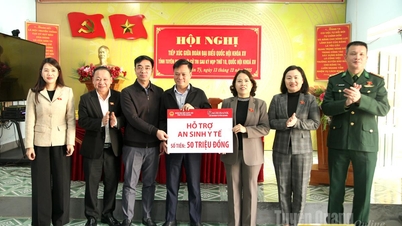

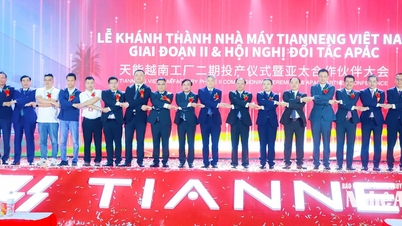

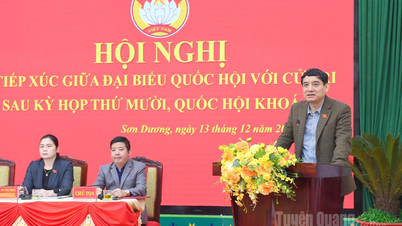
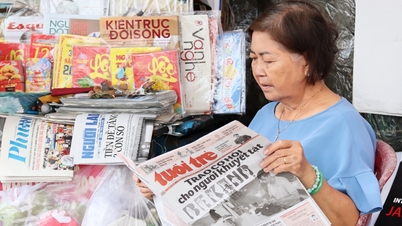





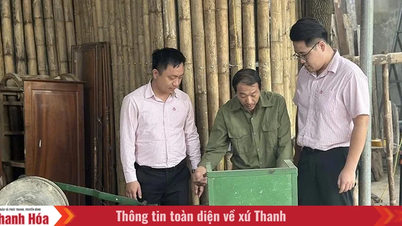

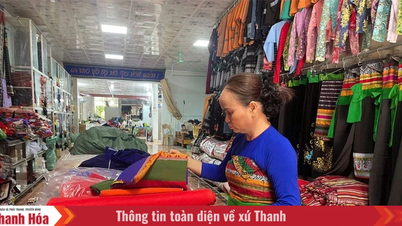









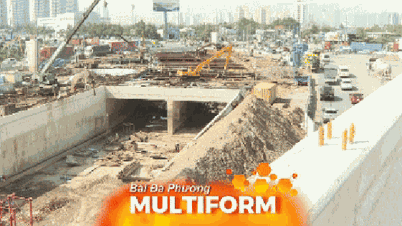



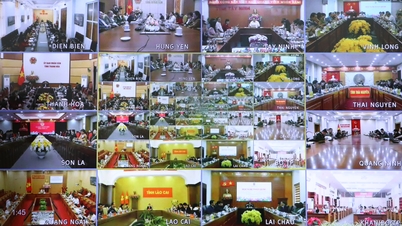












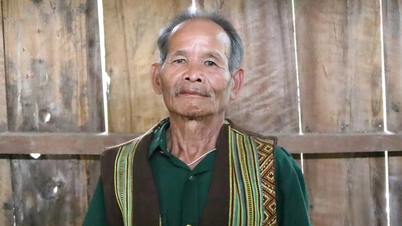











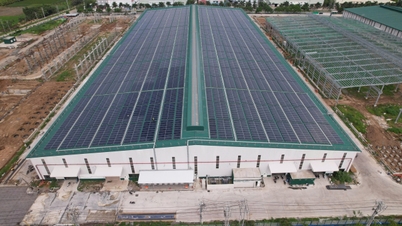


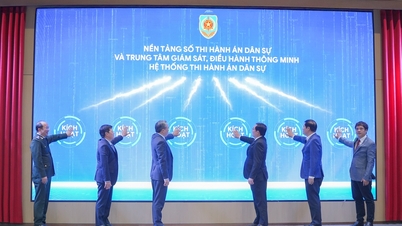










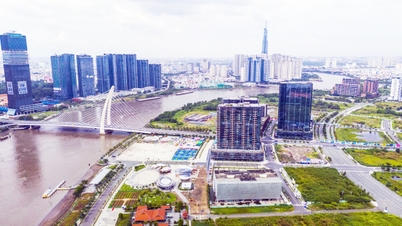



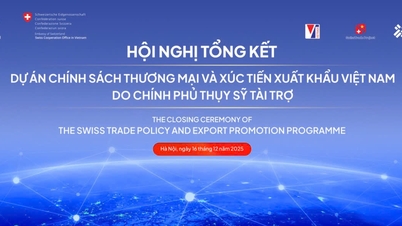

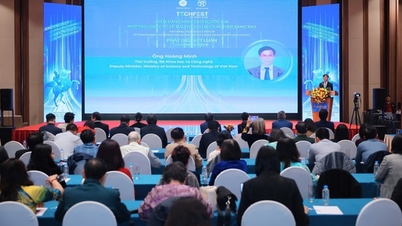

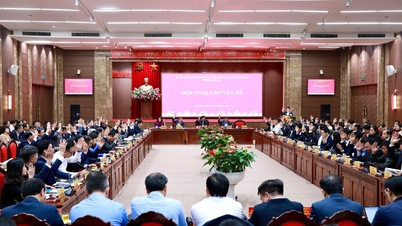

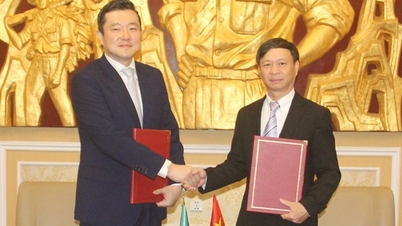

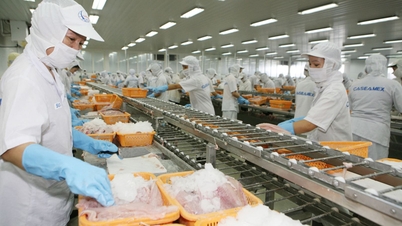
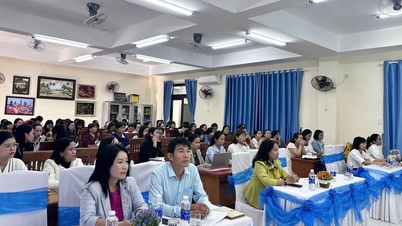

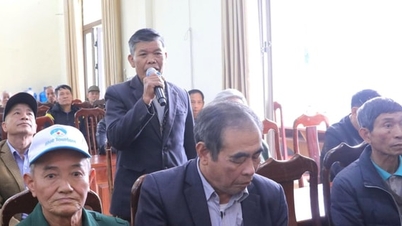




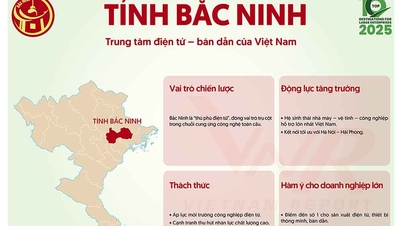

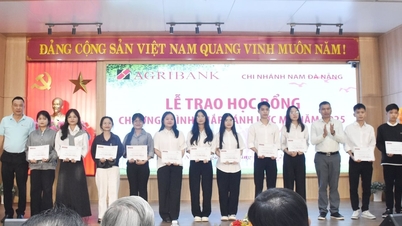










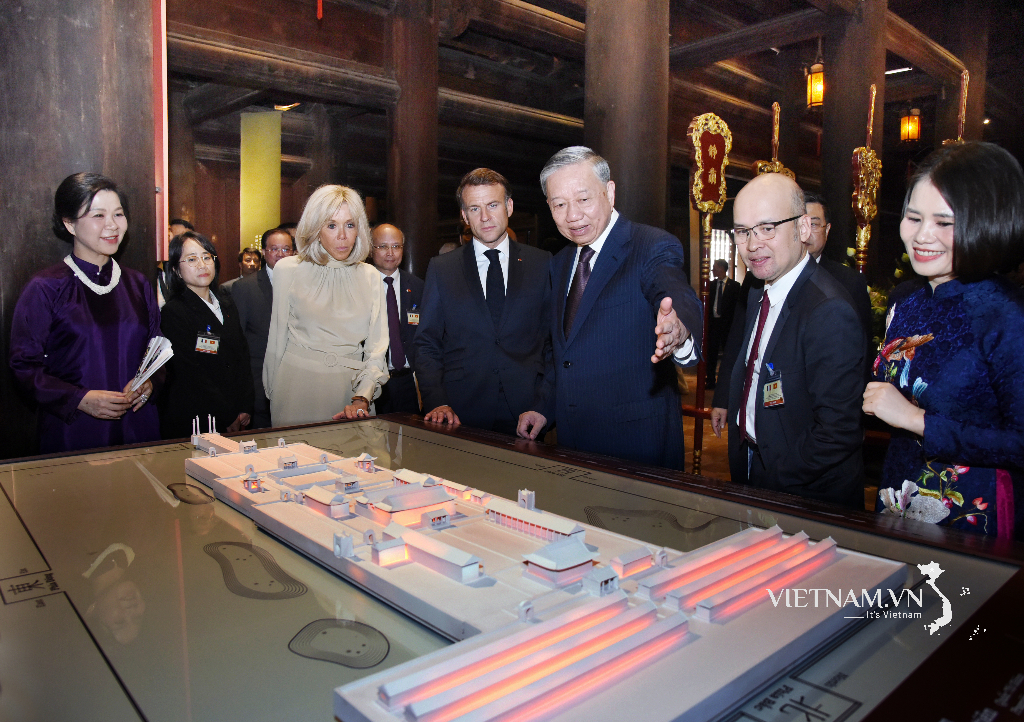


Comment (0)